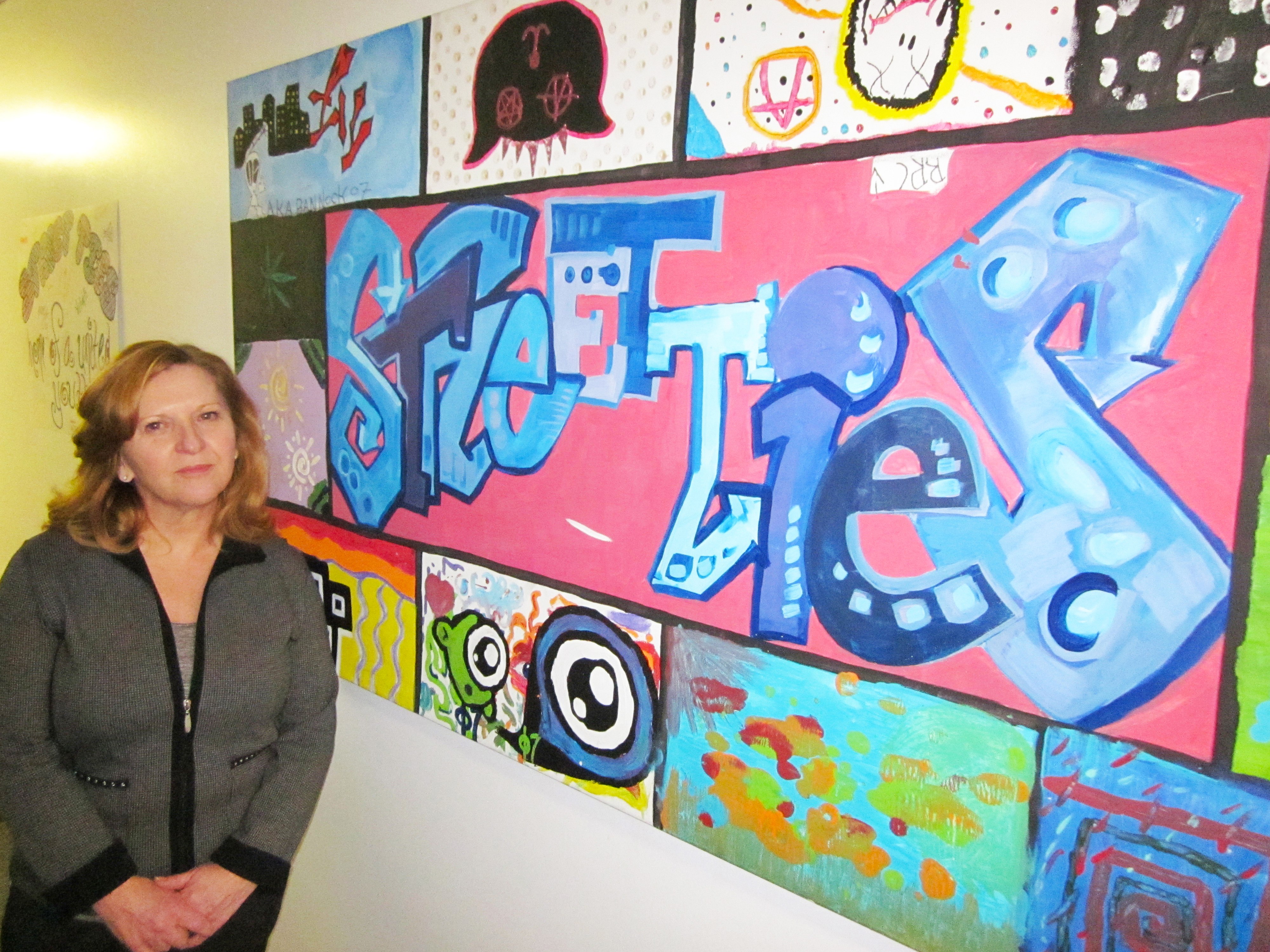Up to 30 homeless youth walk the streets of Red Deer each and every day and one local agency is helping to change the paths of their lives.
Street Ties Youth Outreach has been in Red Deer for 10 years. They help youth involved in high-risk behaviour aged 13- to 21-years-old. The program is one of the many Parkland Youth Homes offers and is funded by Children’s Services.
Officials have said there is a core group of about 25 to 30 homeless youth in the community at any given time. They range in age typically between 16- and 19-years-old and are primarily from Red Deer.
“These are truly homeless kids. There are lots beyond that who are couch surfing or making do so those numbers are really hard to nail down,” said Sandy Proseilo, program manager for Street Ties Youth Outreach.
“There is a core group of kids that are known to us because they’ve been around. They may leave for a while and it terrifies us when they disappear because we wonder if they’ve been recruited for prostitution or if they are in involved in some activity that is less desirable. Or if they are going to school and have found a different environment – and that happens too.”
Staff with Street Ties travel to schools in Red Deer and area in hopes of educating students about the dangers of high-risk behaviour.
“It’s about informing young people about the risks of all of these things and the risk of recruitment and how young people aren’t always aware of what it might look like.”
There is also a youth drop-in centre open during the day that is run through Street Ties and targets street-involved youth who have very little engagement with or positive connection to society as a whole. This program sees about 500 youth a month. At the centre there is access to computers, resource materials, referrals, personal supplies, shower, laundry facilities, lockers as well as food and support.
“The demographic using the drop-in centre is primarily around 14 or 15 years of age and sometimes a little younger which is astonishing,” said Proseilo. “These are high needs kids in that they probably don’t have a stable home environment.
“In terms of actual homeless kids there are many situations where sleeping in a wooded area or finding an available mats program is preferable than to being home,” she said. “We see a great number of young people who are and have been grossly neglected and sexually assaulted.
“They could be living in families, who with no ill intention just don’t have the skills to manage life and who have followed through on some priorities that we might have in our own homes so education might not be at the top of the list because survival is. There is also a component of addictions that exists.”
Officials with Street Ties also work with the City’s RCMP members in hopes of combating youth homelessness and sexual exploitation.
RCMP Supt. Warren Dosko said the number of homeless youth in the community is high. “We have to look at the root causes like why do we have 30 kids who are homeless and we need to look at the issues driving that.”
He added prevention is key – and from an early age.
“The first thing is prevention so we do that through our school resource officers who visit elementary, middle and high schools. We also look at developing positive relationships with the kids,” said Dosko. “After the fact we see them for crime-related and complaint based issues. We try to get them connected into the appropriate resources and our members know which resources they may need.
“Police officers have a chance to have a significant impact on a young person so we really try to build relationships with them.”
He added the Police and Crisis Team (PACT) is also available to deal with issues surrounding mental health.
“We have changed the way we traditionally policed in terms of mental health. We are now taking a more holistic approach because a lot of times in the past we would have dropped them off at the hospital or taken them to jail and that wasn’t always appropriate,” said Dosko.
Meanwhile, Proseilo said one of the perceptions from people is that these youth should be able to find work easily and help themselves start on a better path.
“We recognize that these young people aren’t quite to that place yet. It’s about crisis intervention – they are meeting with staff and having conversations about what happened at home or on the street last night or how they are frightened for their lives, safety or mental health,” she said. “But our kids are survivors. They are incredibly resilient. We have watched miracles occur there.”
efawcett@reddeerexpress.com
Watch for part two in the ‘homeless youth and exploitation series’ next week.



